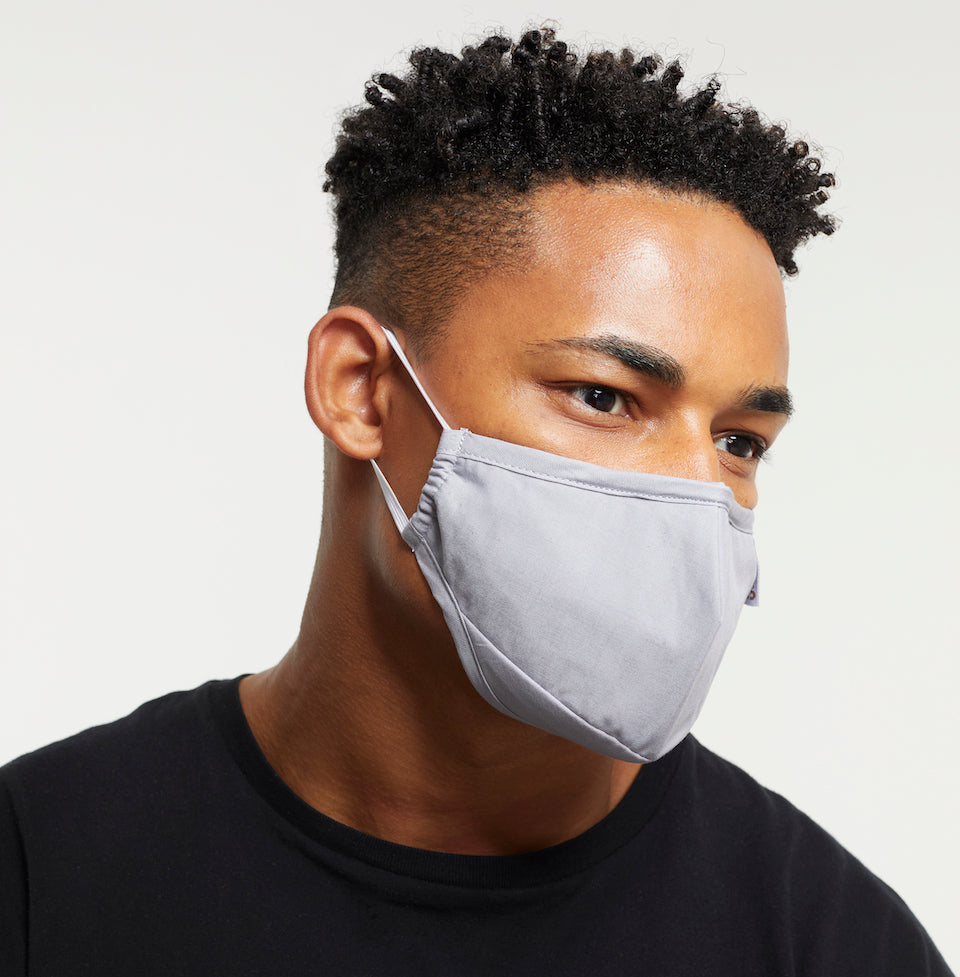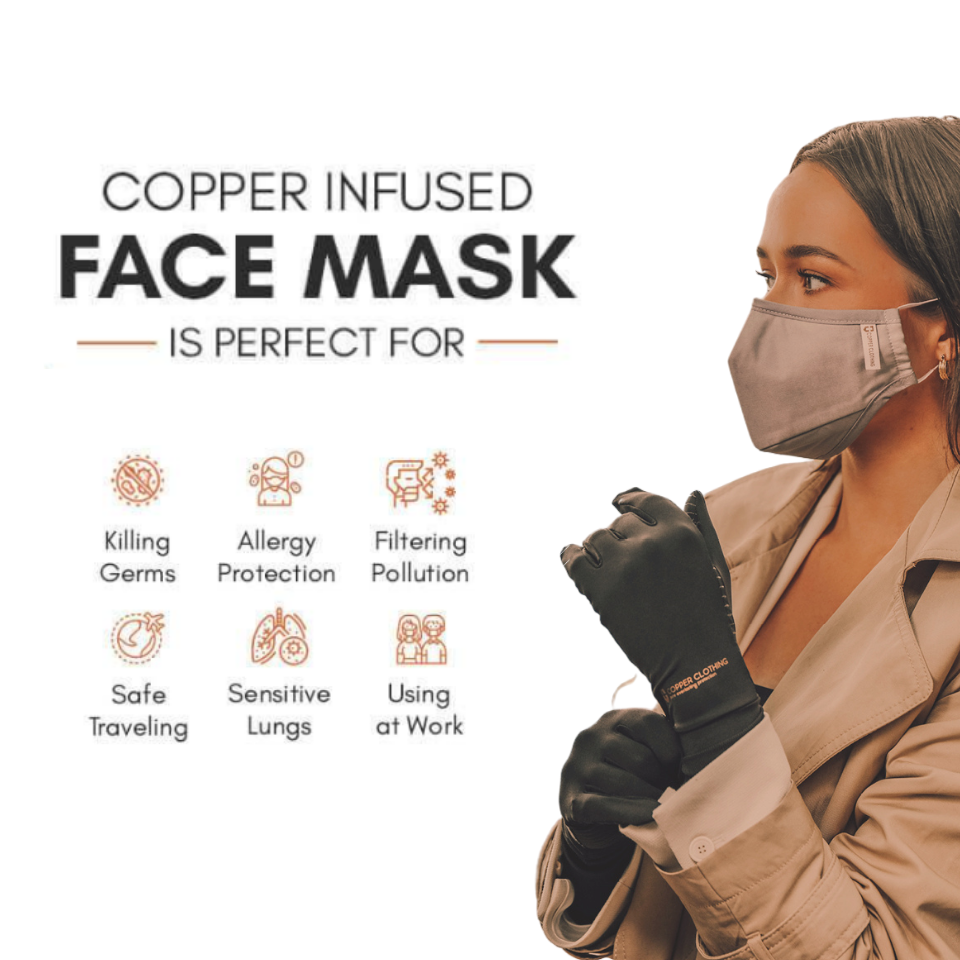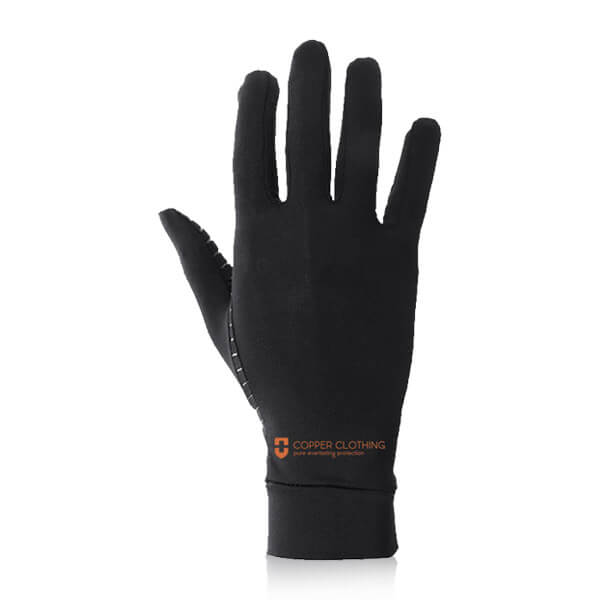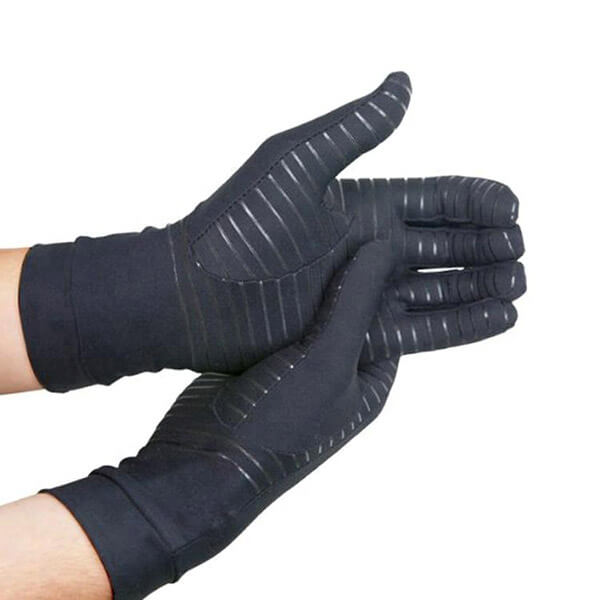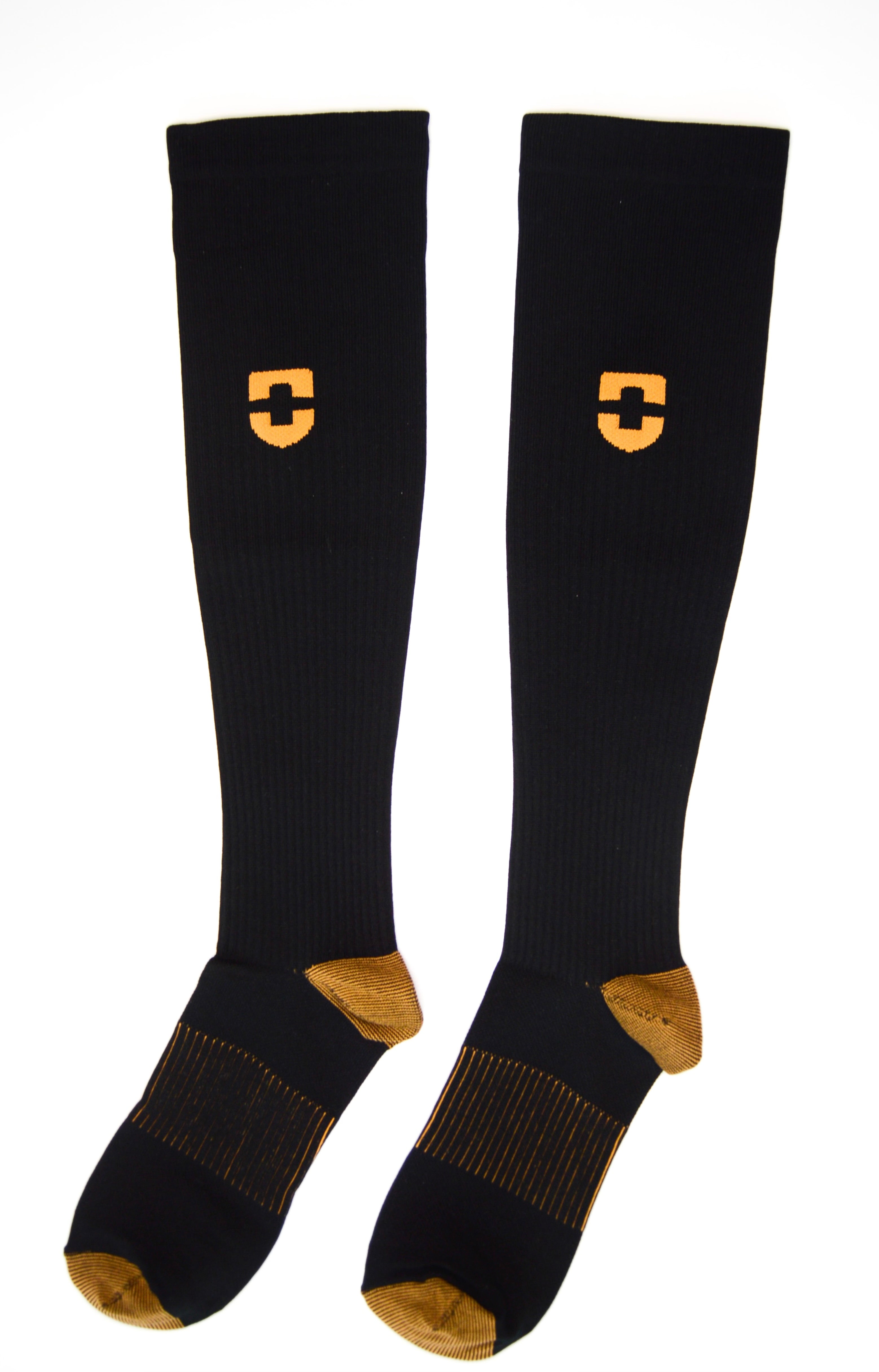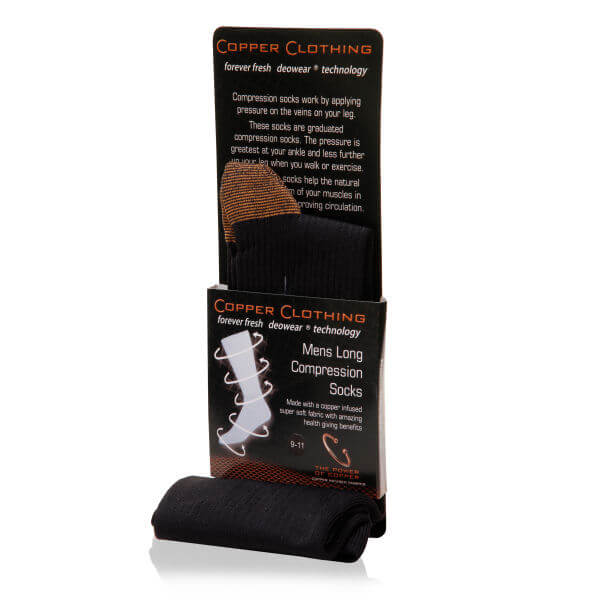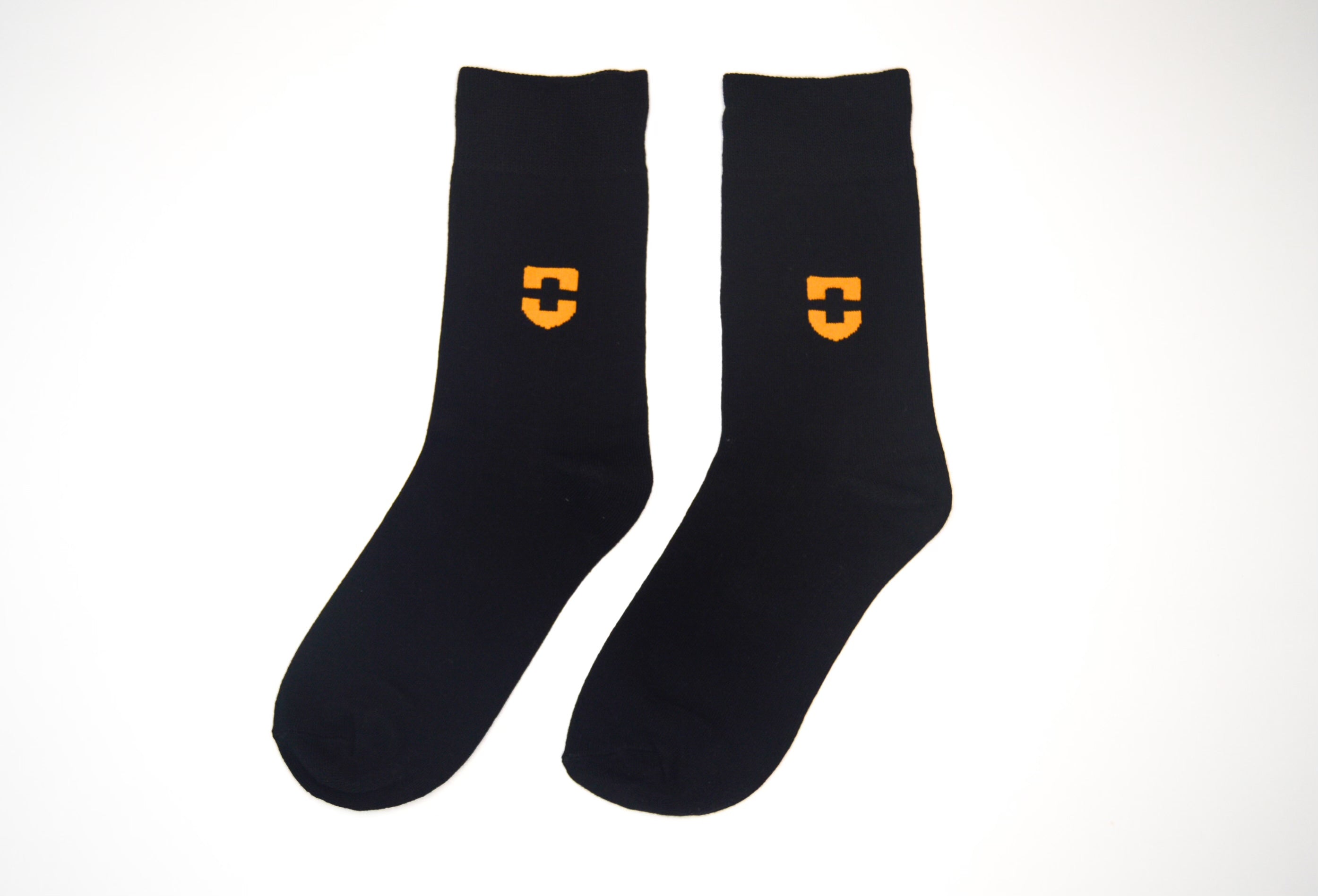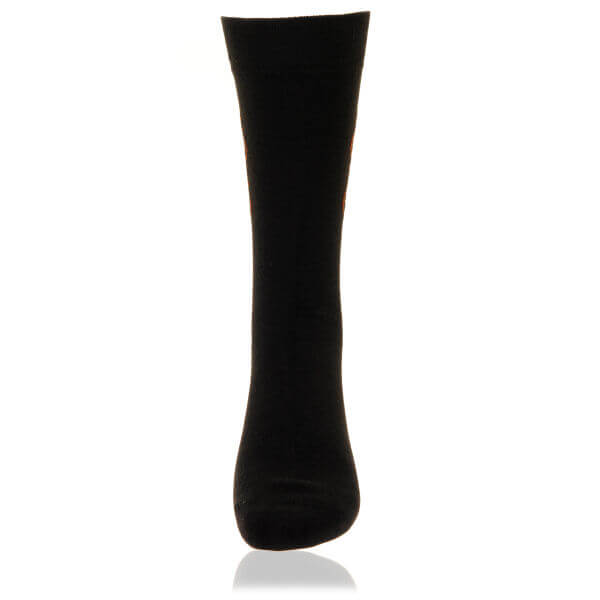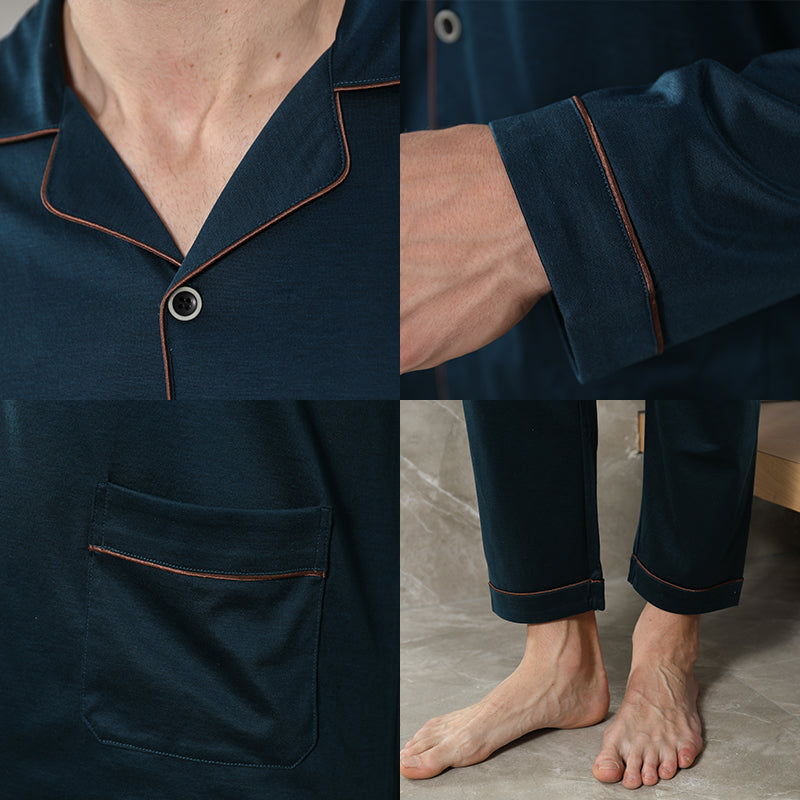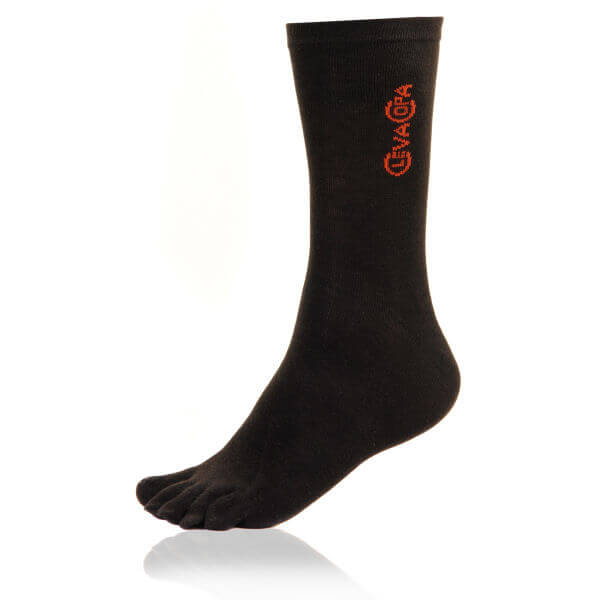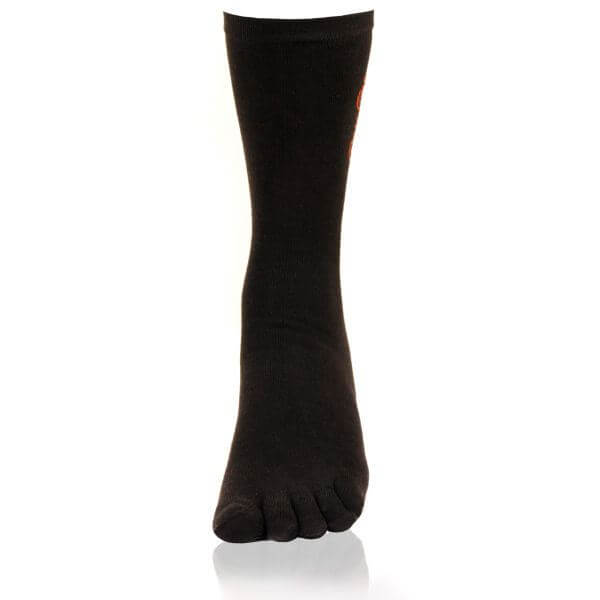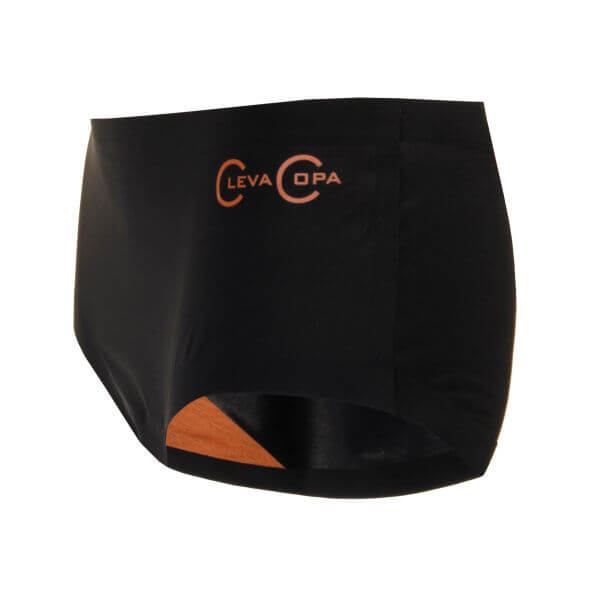What Is the Difference Between Muscle Cramps and Muscle Spasms?
Published
July 09 2025
Muscle pain is something most of us have felt at some point, whether after a workout, a long day, or even during sleep. Two common causes of this pain are muscle spasms and muscle cramps. Although people often use these terms as if they mean the same thing, they are actually different. Knowing the difference can help you better understand what your body is telling you and how to respond. In this blog, we’ll break down the difference between muscle cramps and muscle spasms, what they are, and what you can do to manage them.
What is a Muscle Spasm?
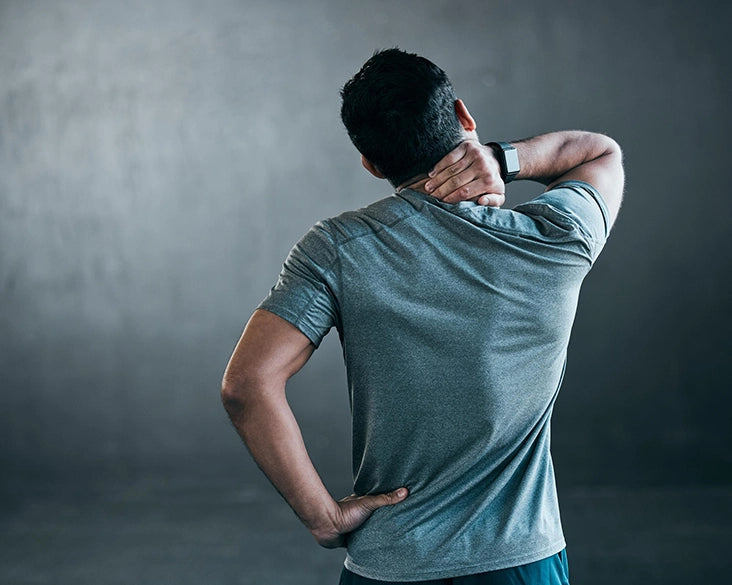
A muscle spasm occurs when a muscle tightens on its own without your intention. It comes on suddenly and can affect just part of a muscle or the whole muscle. Spasms are usually short-lived but can be painful and may cause difficulty moving the affected area for a short time. They can happen in any muscle, including those in your legs, arms, or back.
What is a Muscle Cramp?

A muscle cramp is when a muscle suddenly tightens and stays that way for a short time, causing sharp pain. The muscle contracts without your control and doesn't relax straight away. Cramps often affect the legs, especially the calf muscles, but they can also happen in the feet, hands, arms, or stomach. They usually last for a few seconds to several minutes.
What Causes Muscle Spasms, and What Are the Symptoms?
Muscle spasms can happen for many reasons, such as muscle fatigue, dehydration, overuse, or holding a position for too long. Sometimes they may also be linked to nerve problems or poor blood flow. The main symptom is a sudden tightening or twitching of the muscle, which may feel hard to the touch. This can cause mild discomfort or sharp pain and may limit movement for a short while.
What Are the Causes of Muscle Cramps, and What Are the Symptoms?
Muscle cramps are often caused by overuse, dehydration, low levels of certain minerals (like potassium or magnesium), or sitting or standing in one position for too long. They can also happen during or after exercise. The main symptom is sudden, intense pain as the muscle tightens and stays contracted for a short period. You may also notice the muscle feeling hard or knotted during the cramp.
Difference Between Muscle Spasm and Cramp
Although muscle spasms and muscle cramps are often confused, they are not exactly the same. Both involve muscles tightening without your control, but they differ in how they start, how long they last, and what muscles they affect. Here’s a closer look at the differences:
| Aspect | Muscle Spasm | Muscle Cramp |
|---|---|---|
| Causes | Muscle tiredness, overuse, dehydration, nerve or circulation issues, staying in one position too long. | Dehydration, low minerals, overuse, or staying in one position. Can also happen at rest. |
| Onset of Symptoms | Sudden muscle tightening or twitching, may not always be painful at first. | Sudden, sharp pain as the muscle contracts tightly. |
| Duration of Pain | Usually brief, with the muscle relaxing fairly quickly. | Lasts from a few seconds to several minutes until the muscle eases. |
| Recurrence | Can come and go, especially if the cause remains. | Can happen now and then, or more often at night for some people. |
| Muscle Involved | Can affect any muscle, sometimes several muscles at once. | Most common in the calves, but can also affect thighs or feet. |
Prevention and Treatment of Muscle Spasms and Muscle Cramps
Muscle spasms and cramps can often be prevented by taking care of your body and making small lifestyle changes. If they happen often or cause a lot of pain, treatment should always be guided by a doctor. Let’s look at some helpful prevention tips and treatment options.
Prevention
-
Hydration
Drinking enough water during the day can help keep muscles healthy and lower the risk of tightness or cramping.
-
Stretching
Gentle Hands and legs stretching before and after exercise, or even before bed, can help keep muscles flexible and less likely to tighten suddenly.
-
Use Compression or Support if Needed
Wearing supportive gear, like compression socks, may help improve comfort and support muscle function, especially during long periods of standing or activity.
-
Massages
Regular gentle massages can relax tight muscles and improve blood flow, which may help prevent spasms or cramps.
-
Proper Diet
Eating a balanced diet that includes enough minerals like potassium and magnesium may help reduce the chances of muscle cramps.
How to Treat Muscle Spasms (after doctor’s advice)
-
Physical Therapy
Specific exercises or movements guided by a professional can help strengthen muscles and prevent further problems.
-
Thermal Therapy
Applying heat or cold packs may help ease tight muscles and reduce discomfort.
-
Botulinum (Botox) Treatment
In some cases, a doctor may suggest Botox injections to relax overactive muscles.
-
Nerve Blockers
Medicines that block certain nerve signals can be used in more serious cases to help stop spasms.
-
Electrotherapy
Mild electrical pulses may be used under medical supervision to help muscles relax.
-
Surgical Intervention
In rare cases, surgery might be considered if other treatments have not worked and the problem is severe.
When Should a Person with Muscle Spasms and Cramps Consult a Doctor?
Most muscle spasms and cramps are harmless and go away on their own. However, it’s a good idea to see a doctor if they happen often, are very painful, or last for a long time. You should also seek medical advice if the spasms or cramps are linked to muscle weakness, numbness, or other unusual symptoms. In rare cases, they could be a sign of an underlying health condition that needs treatment.
Muscle spasms and cramps are common and can affect anyone at any age. While they might feel similar, understanding the difference between muscle cramp and spam can help you manage them better. Staying active, eating well, keeping hydrated, and using supportive tools like compression socks can make a real difference. If these problems happen often or are linked to other worrying signs, it’s always best to speak to a doctor for the right advice and care.
FAQs
-
What does a muscle spasm feel like?
A muscle spasm feels like a sudden, tight squeeze of the muscle that happens without warning. It can be uncomfortable or painful and may last from a few seconds to a few minutes. You might notice the muscle feels hard or lumpy while it's happening, and moving the area can be difficult for a short time.
-
What deficiency causes muscle cramps?
Muscle cramps can happen if your body is low in certain minerals, such as potassium, magnesium, or calcium. These minerals help keep your muscles working properly.
-
What causes severe muscle cramps all over the body?
Severe cramps that affect many parts of the body can be linked to things like serious dehydration, major mineral imbalances, nerve conditions, side effects of some medicines, or health problems that affect the body's chemical balance.
-
What's the difference between a muscle spasm and a muscle cramp?
A muscle spasm is any muscle tightening that happens on its own, whether it hurts or not. A muscle cramp is a type of spasm that causes sudden pain because the muscle stays tightly squeezed.
-
Can dehydration cause muscle spasms?
Yes. Not drinking enough fluids is one of the most common reasons people get muscle spasms and cramps.
-
Does magnesium help prevent muscle spasms?
Magnesium plays an important role in keeping muscles healthy. Getting enough magnesium through food or supplements can help reduce the chances of muscle spasms.
-
When should I see my healthcare provider?
It's a good idea to see your doctor if your spasms happen a lot, are very painful, or don't get better with simple home treatments.









